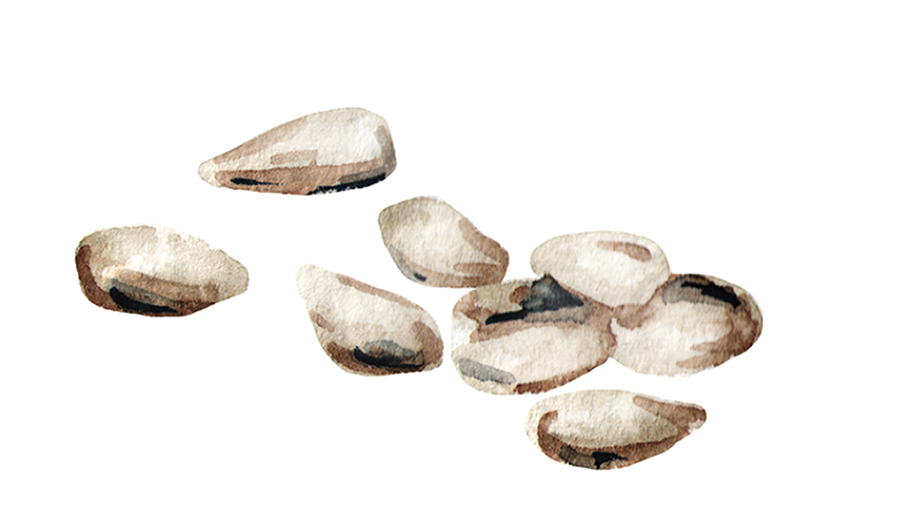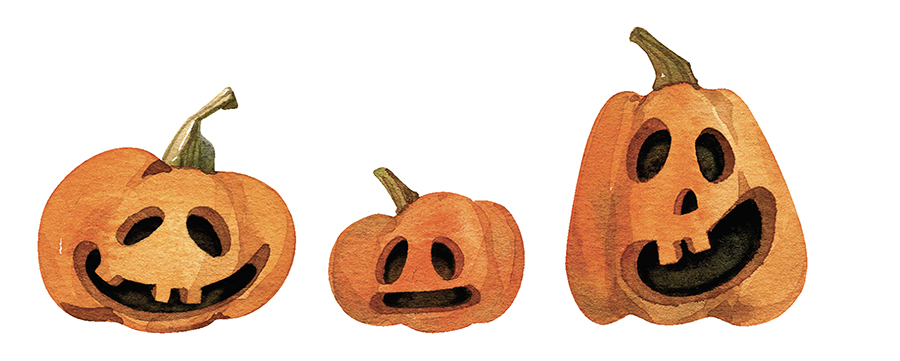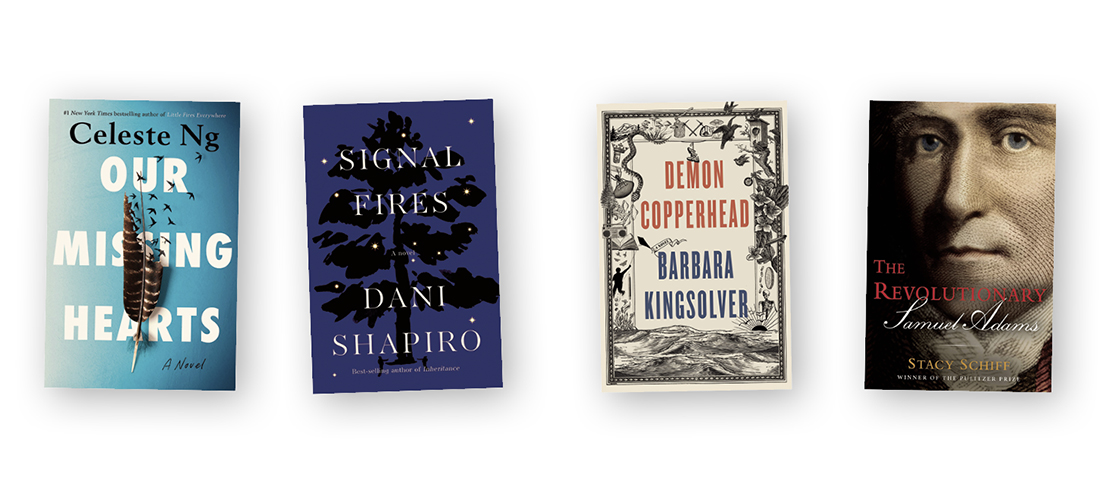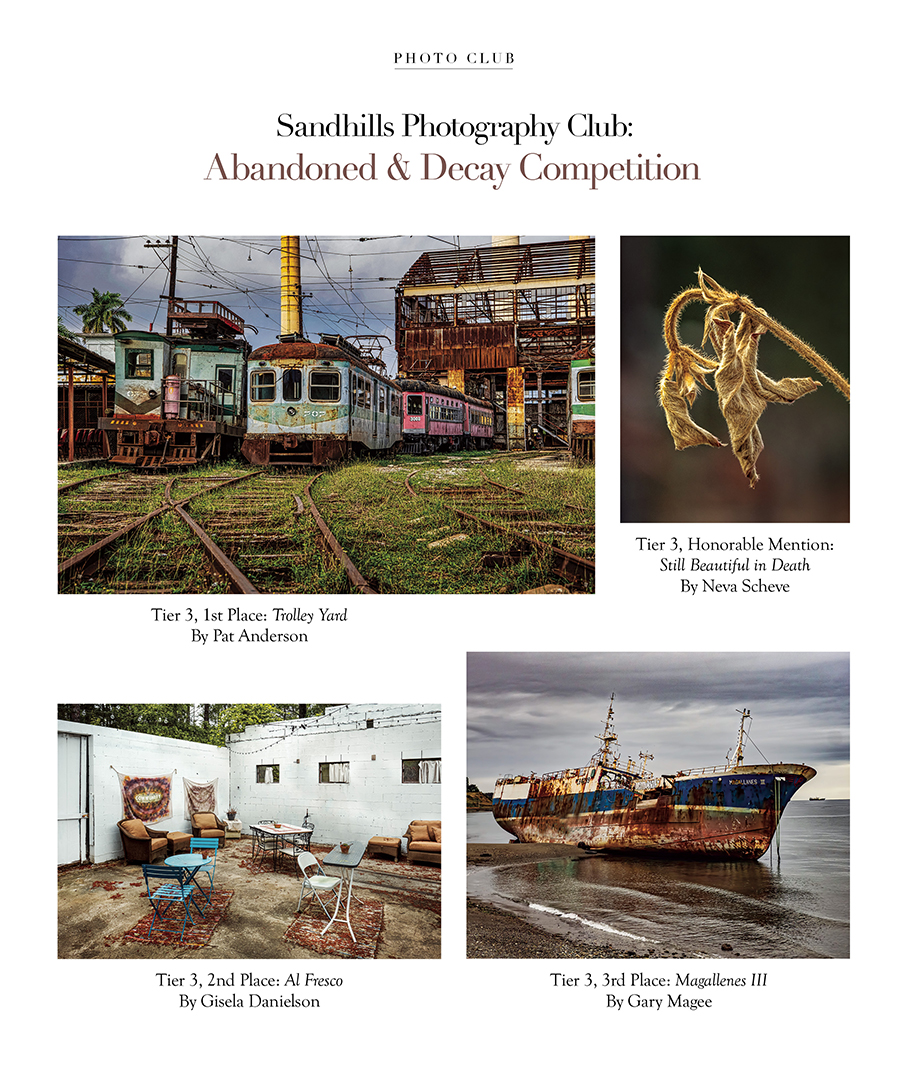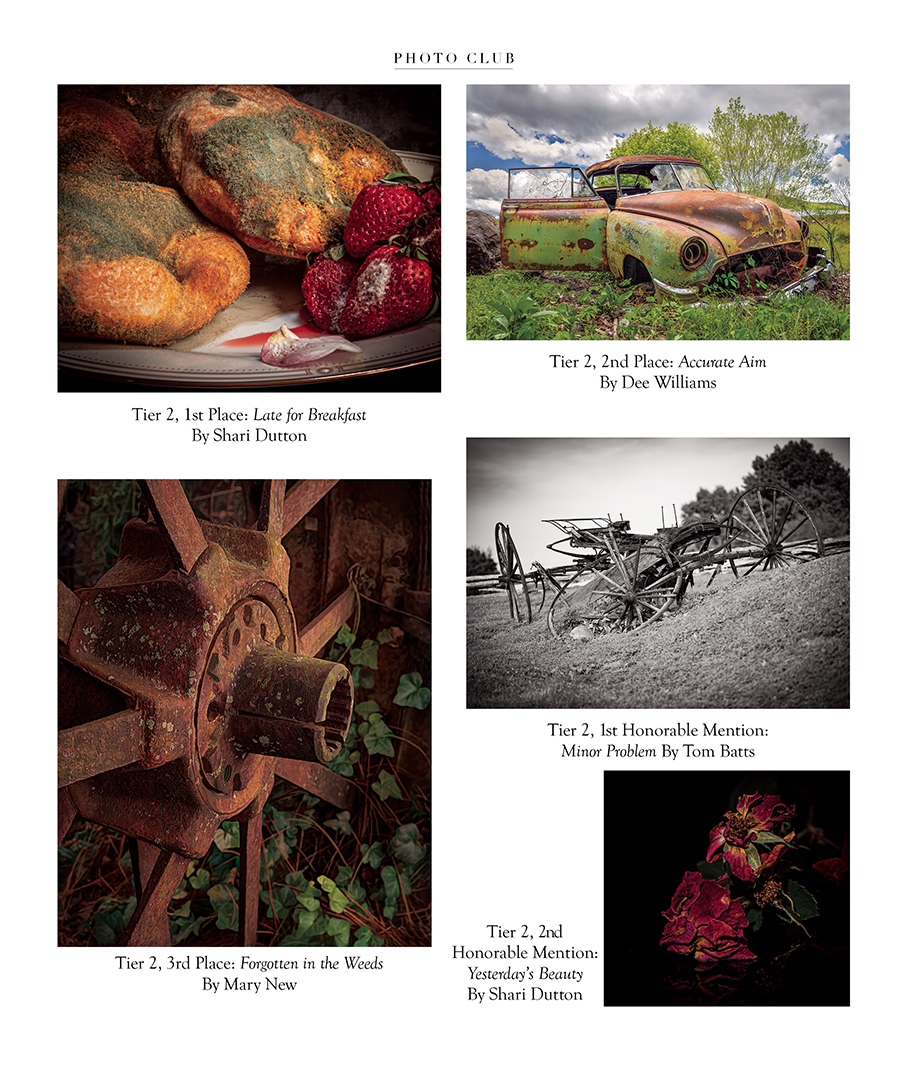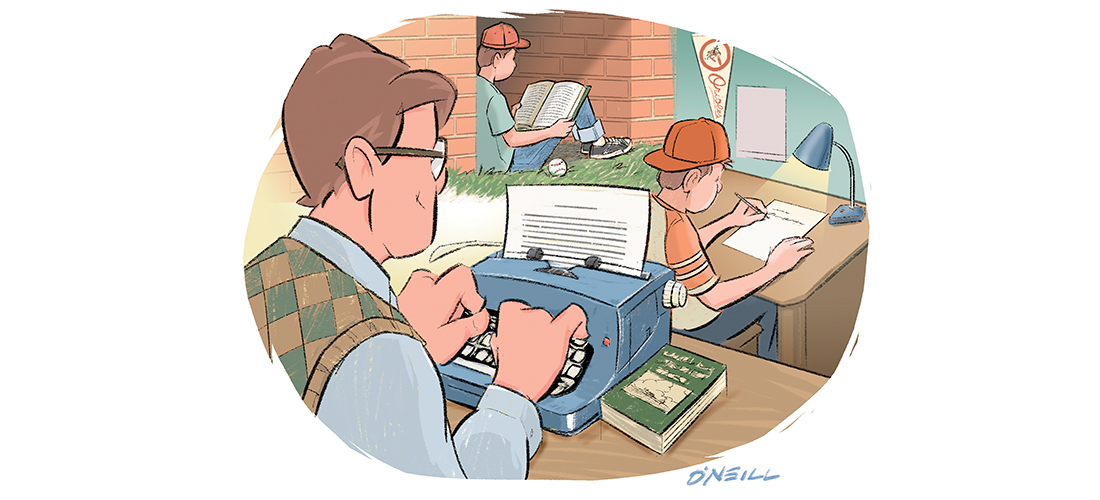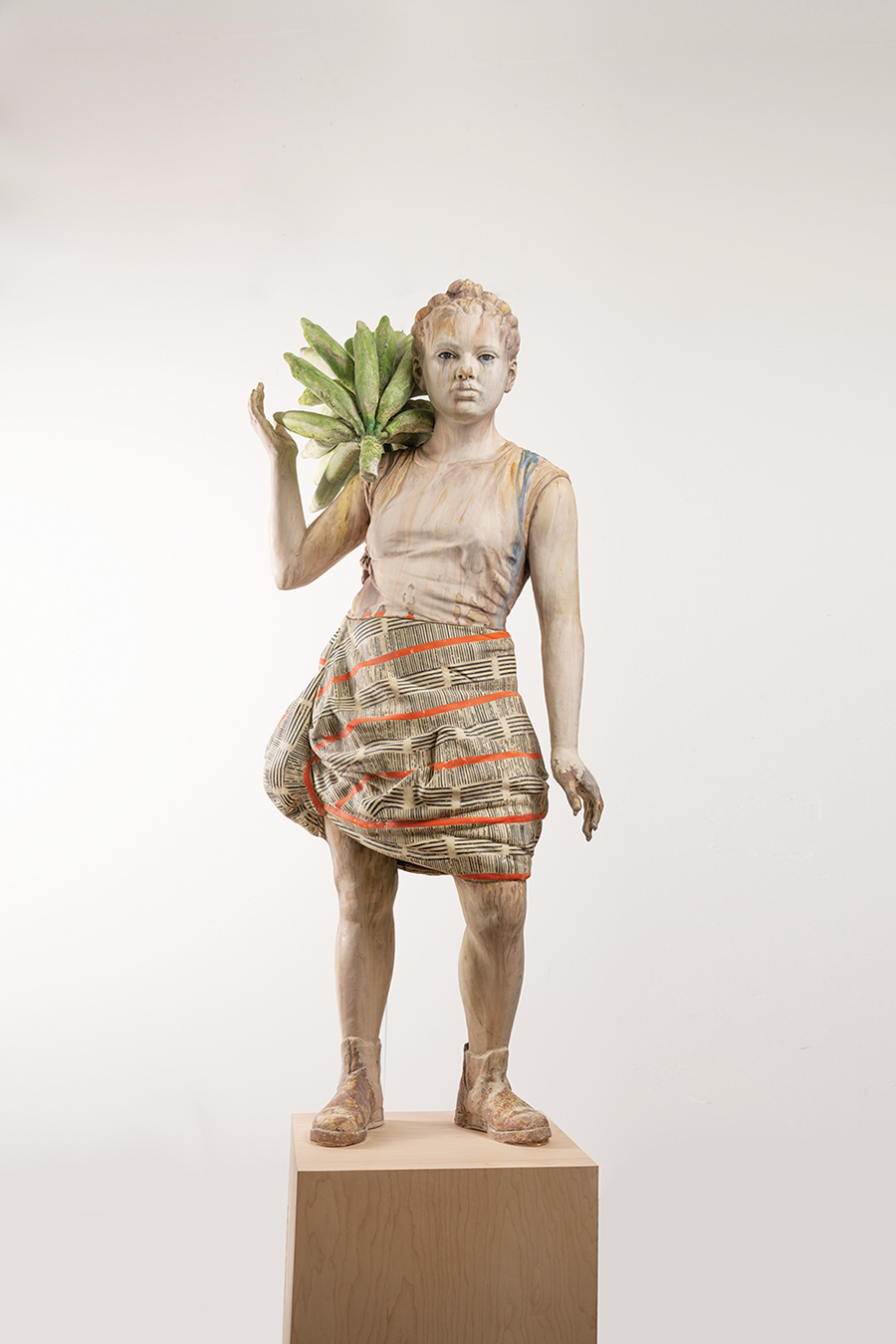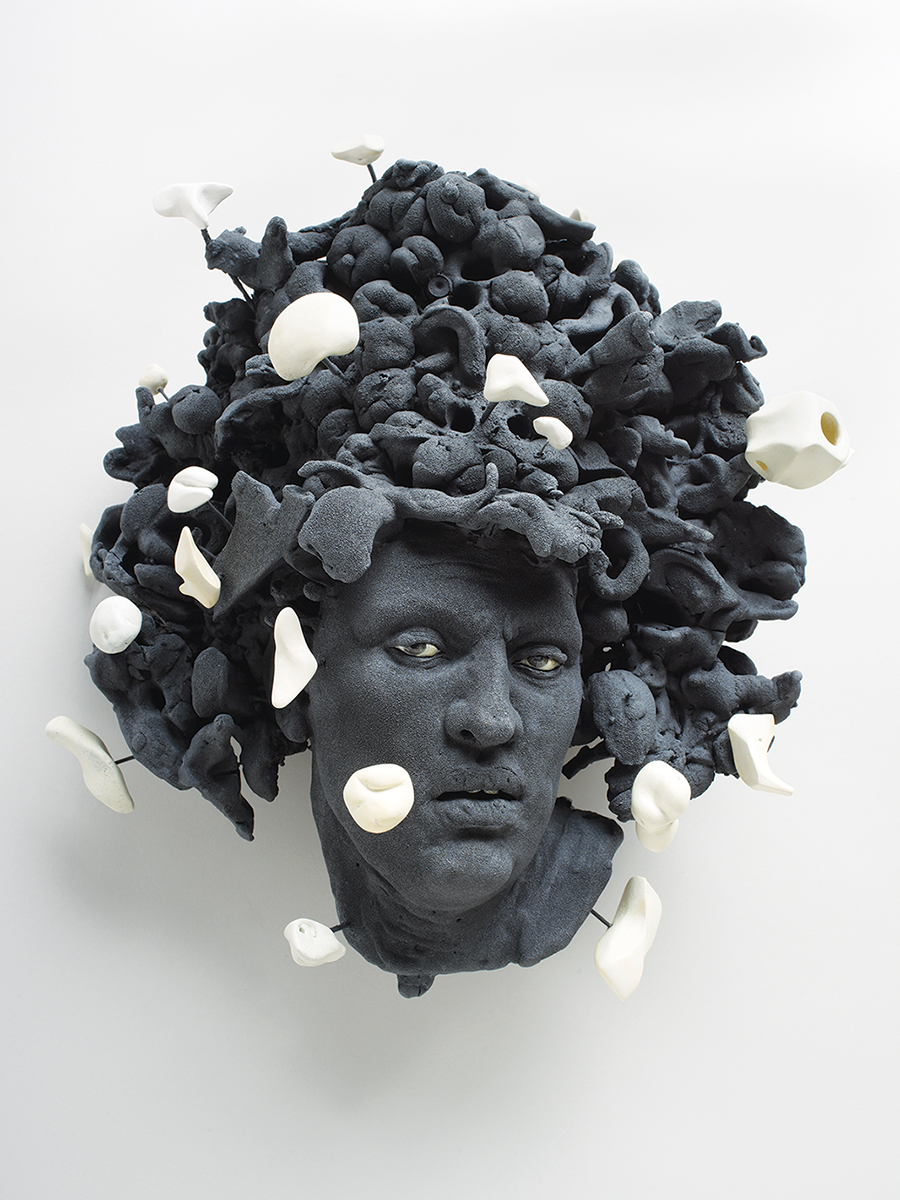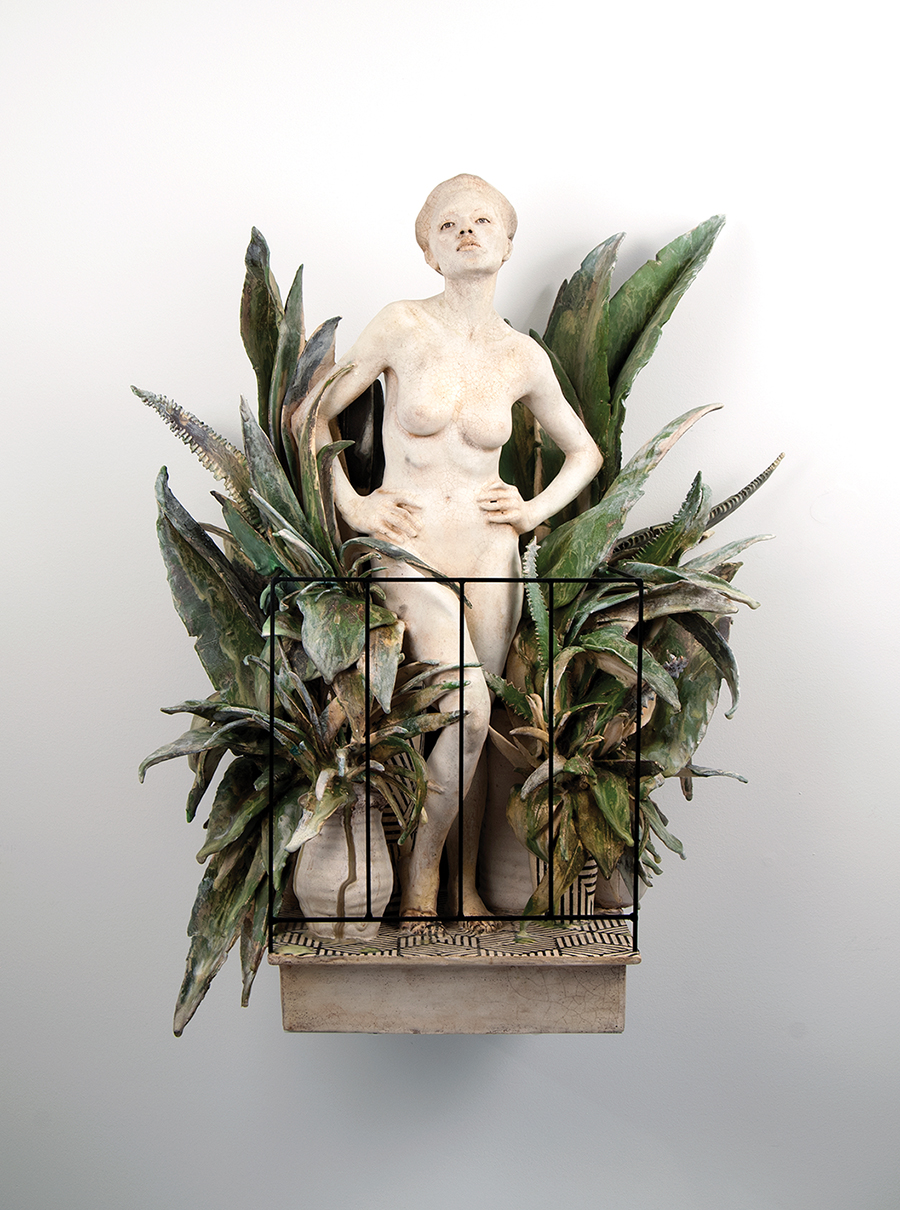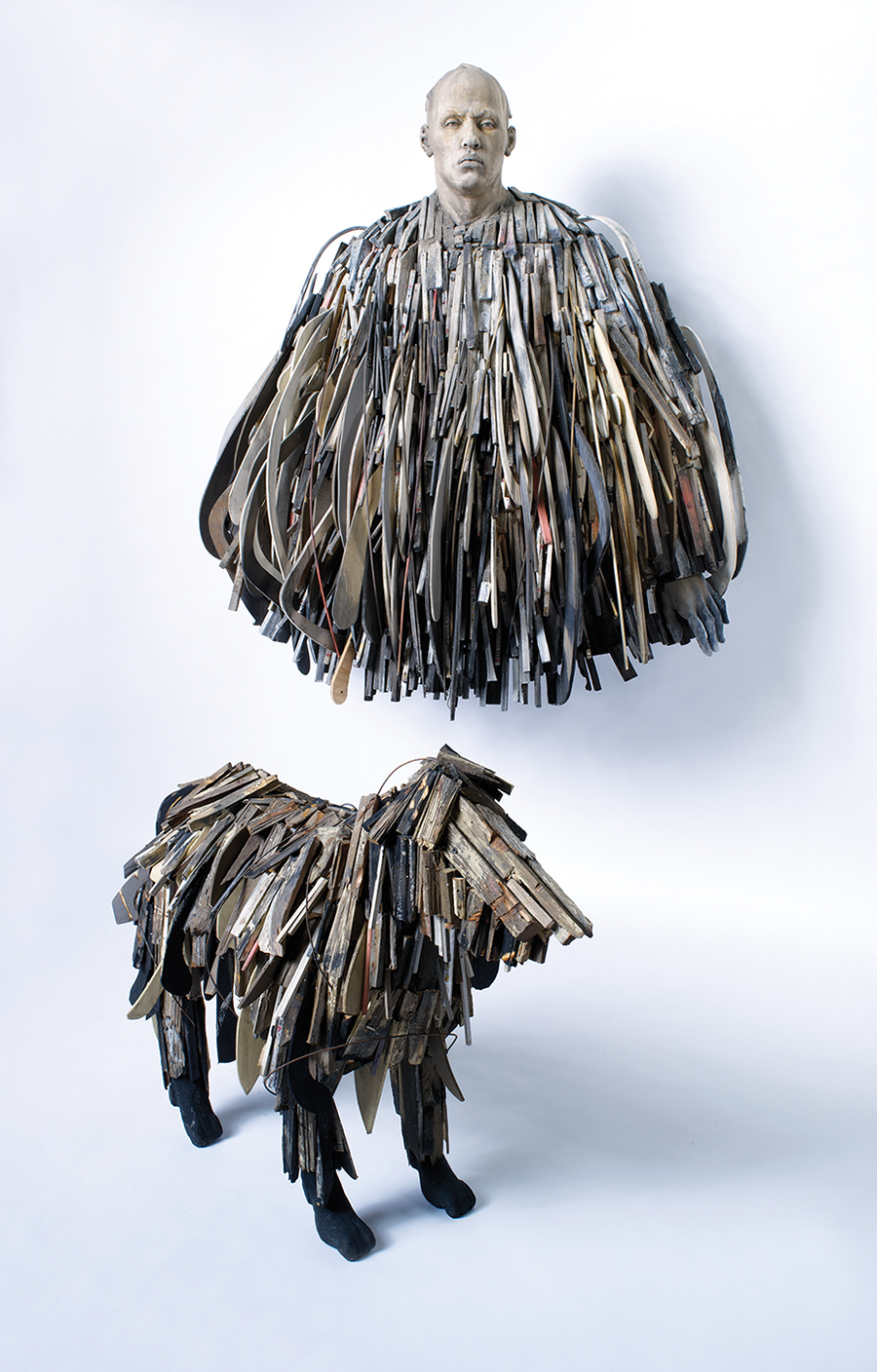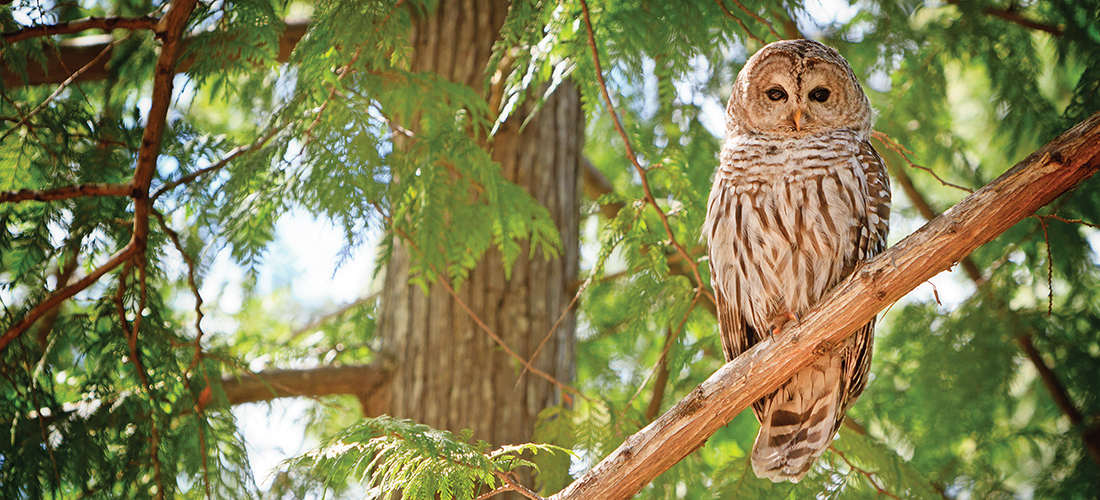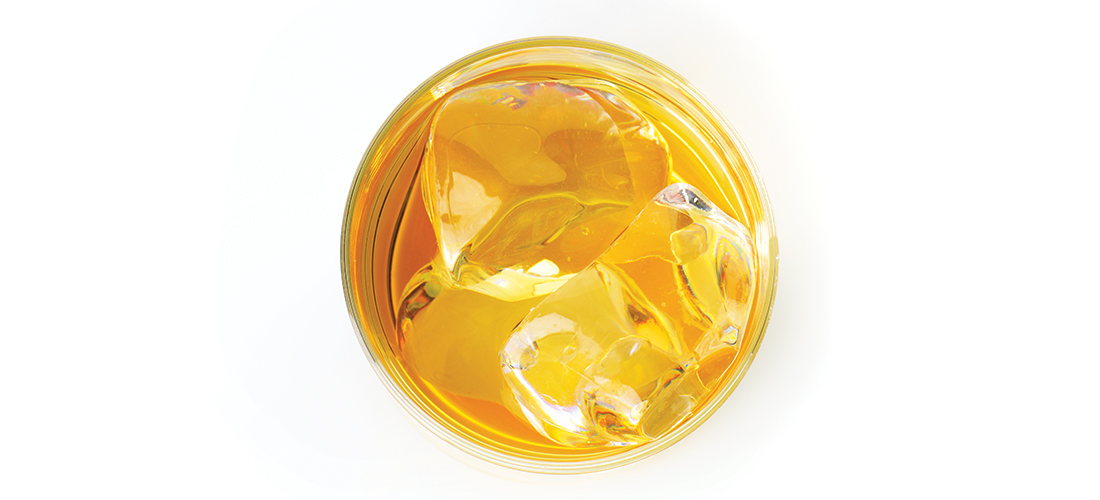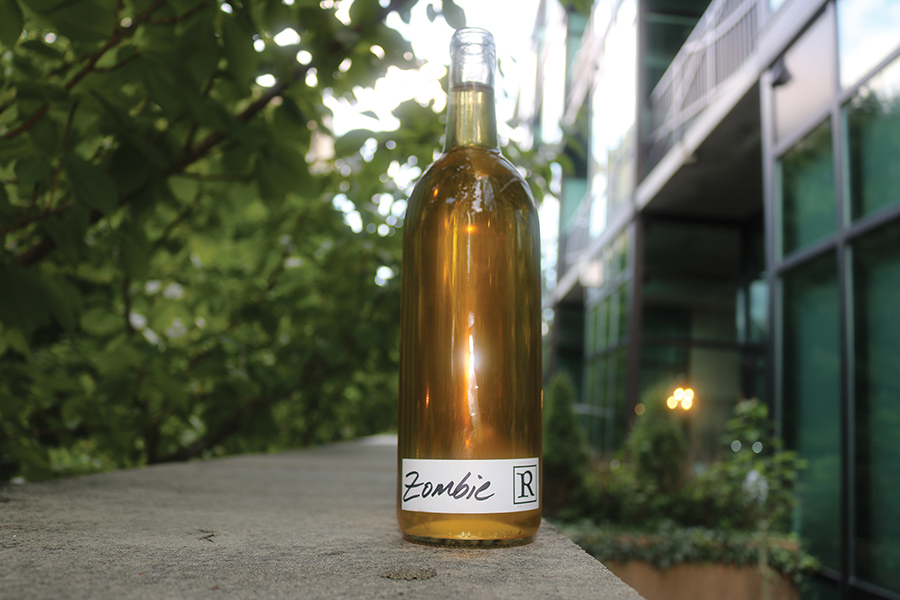Coach and The Bull
The road less traveled to authordom
By Jim Dodson
Not long ago, following a speech to a historical organization in Georgia, I was asked by a woman in the audience how I became a “successful author.”
Anyone fortunate enough to publish a best seller is likely to get some version of this question from time to time. That’s because almost everyone has a story to tell.
For years my response was, “Because I couldn’t make a living out of mowing lawns in the neighborhood forever,” or, “The Baltimore Orioles already had a decent shortstop.”
The truth is, writing books is a lonely enterprise, and the vast majority of folks who are good at it invariably find their way to the craft via some other pathway.
Before literary success arrived, Charles Dickens worked in a factory putting labels on tins of boot polish. Harper Lee was an airline ticket clerk. William Faulkner served as a postmaster. Nicholas Sparks, a dental equipment salesman.
We were all, in other words, something else before we became writers. But dreamers all.
In a famous essay titled “Why I Write,” George Orwell, of Animal Farm and 1984 fame, said writers put pen to paper out of “sheer egoism, aesthetic enthusiasm, historical impulse, and political purpose.”
Joan Didion claimed she wrote simply to discover what she was thinking — and feared — at the moment.
“Everyone has a novel in them,” the late Christopher Hitchens sniffed, “and in most it should stay there.”
The truth is, writing anything is work that takes time, discipline, imagination, constant revision, false starts, new beginnings and plenty of patience. Hemingway called it the “loneliest, hardest art.”
One of my favorite writers, novelist Graham Greene, actually published a book called Why I Write in which he explained that good storytelling takes place in the unconscious before the first word is written on the page. “We remember the details of our story, we do not invent them,” he said — noting that ideas often come unbidden during unexpected moments of ordinary life — while dropping off your laundry, running errands, or (as in my case) mowing the lawn or working in the garden.
As the youngest son of a veteran newspaper man who hauled his family all over the 1950s South, I learned to read chapter books around age 4, in part because I never had time to make real playmates in the sleepy towns where we lived before moving again. From my parents’ bookshelf (both dedicated readers), I was drawn early to adventure storytelling, particularly the short stories of Rudyard Kipling, Greek myths, and any tale that involved animals and magical places. Absent a flying carpet, I often read books sitting in a large cardboard moving box on the porches of our old houses. And sometimes in the shady, cool dirt beneath the porch.
Inevitably, I grew up imagining someday becoming a journalist like my father, traveling all over the world to find such magical places. When he eventually introduced me to the essays of E.B. White — this was after reading Stuart Little and Charlotte’s Web — I even pictured myself someday living on a farm on the coast of Maine.
When I look back, I see a clear pattern of how I became a writer. Including an unlikely pair of school teachers who changed my life.
In a faraway October of 1969, I was a junior underclassman who landed in the American literature class of an aging spinster named Elizabeth Smith and — to my dismay — a newby math class teacher named Larry Saunders. English lit and I were natural companions. But I detested algebra and was probably the slowest student in “Coach” Saunders’ class, a nickname we teenage geniuses were inspired to give him due his skinny, geeky frame and non-athletic orientation.
I don’t know what Miss Smith saw in me. She was short, round and half deaf. Her unflattering moniker was “Bull” Smith. This was her final year of a long teaching career that stretched back to the mid-1930s.
Out of the blue, Miss Smith pulled me aside one day to urge me to enter the Gate City’s annual O.Henry short story contest which had been running since the 1920s — so named in honor of hometown boy William Sydney Porter. So, on a lark, I did. My simple tale was about visiting my quiet grandfather on his farm for several weeks one summer, not long before he passed away.
The story won first place, deeply shocking my sports pals. I dropped by Miss Smith’s classroom at the end of the term just to say thanks and wish her a happy retirement. She gave me a copy of Robert Frost’s Complete Poems, and, in return, wished me a long and happy career writing books. I think I laughed.
Larry Saunders was an even bigger surprise. Early on he realized that I would never a mathematician be — and proposed a remarkable compromise. If I never missed class, agreed to pay attention and try my best, he would agree to giving me a C-minus or better. I made the deal. Saunders was famous for writing daily inspirational quotes on the chalkboard. Once, the jokester in me managed to alter one of his quotes. “Familiarity breeds contempt” became “Familiarity breeds.” Even Coach had a chuckle.
During my senior year, good fortune found me in Larry Saunders’ class again for geometry — which, shockingly, I found to my liking. Geometry became very useful when, decades later, I became an amateur carpenter like my father and grandfather, and I built my post-and-beam house on the coast of Maine with my own hands. I couldn’t have done it without Coach Larry. About the same time, I published my first book, which turned out to be an international bestseller. I always meant to write Larry and thank him.
In 1983 on my way to a job interview at the Washington Post, I stopped by the Greensboro Public Library to do some research and spotted — of all people — Miss Smith paging through a dusty travel atlas in the reference room.
“Miss Smith,” I quietly interrupted her work. “I don’t know if you remember me . . .”
She looked up and chortled. “Of course I do, Mr. Dodson. I have followed your career with great interest. I am very pleased that you are writing.”
I was at a loss for words, but thanked her and wondered what she was up to these days. “I’m off to the dusts of ancient Egypt!” she trilled.
Before we parted, I also thanked her for seeing something in me — and for the volume of Robert Frost. Within weeks, I would withdraw from the Post offer in favor of a senior writer position at Yankee Magazine, a job that shaped my career and life.
Sadly, I never got to say thank you to Larry Saunders, who passed away in January 2021. “He loved teaching, playing the piano, and his nieces and nephews. He had a huge sense of humor,” notes his considerable obituary. He spent almost four decades teaching math and would inspire the creation of the annual Larry Saunders Excellence in Teaching Award in his honor.
A good coach — like a great teacher — recognizes a young person’s strengths and weaknesses, and strives to help them find the right path.
Larry Saunders was both. Thanks to his wisdom, I built a beautiful house, found my way to writing books and even fell in love with inspiring quotes.
Which is why I think of “The Bull” and “Coach” every October. PS
Jim Dodson can be reached at jwauthor@gmail.com.

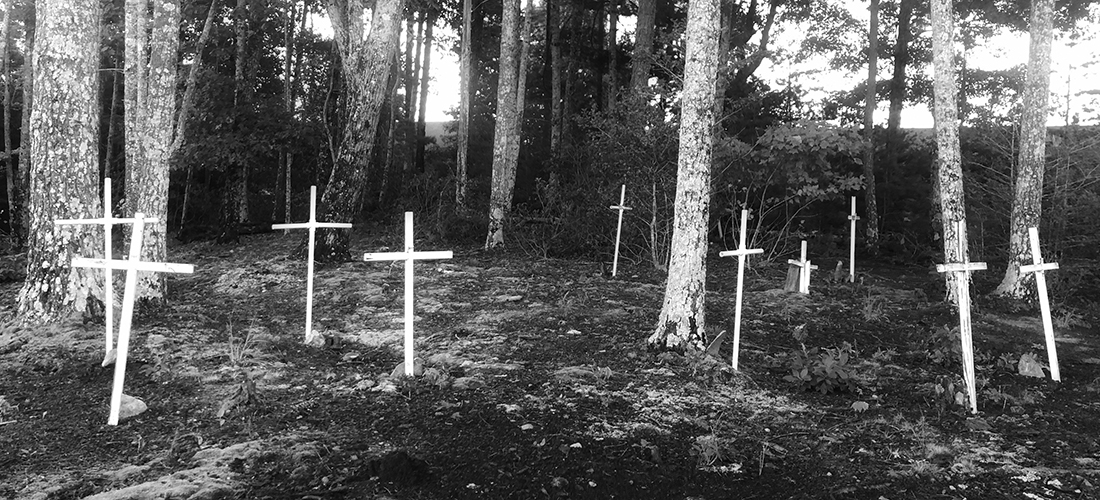
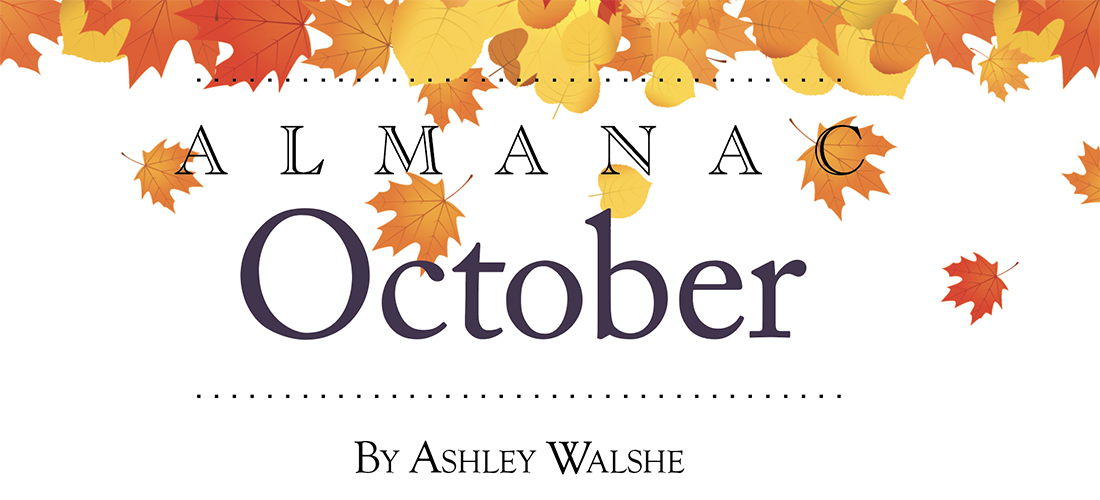
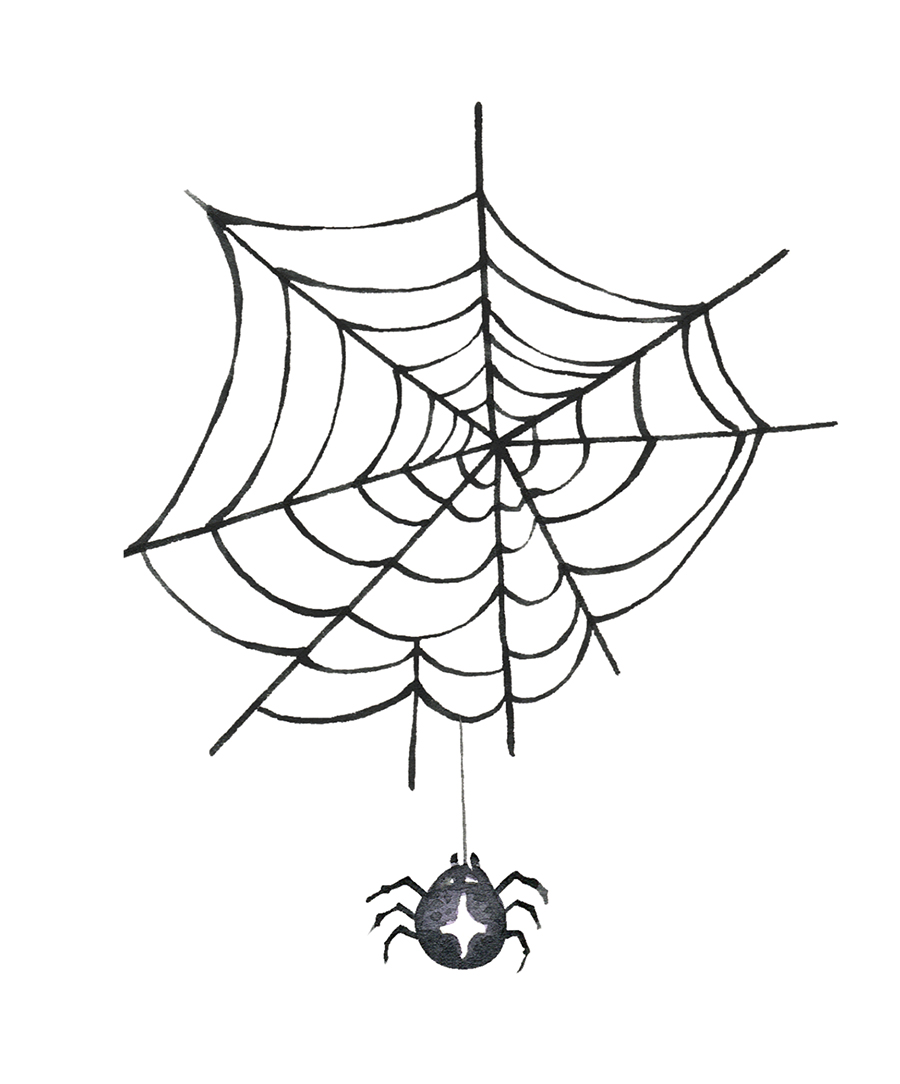 O
O